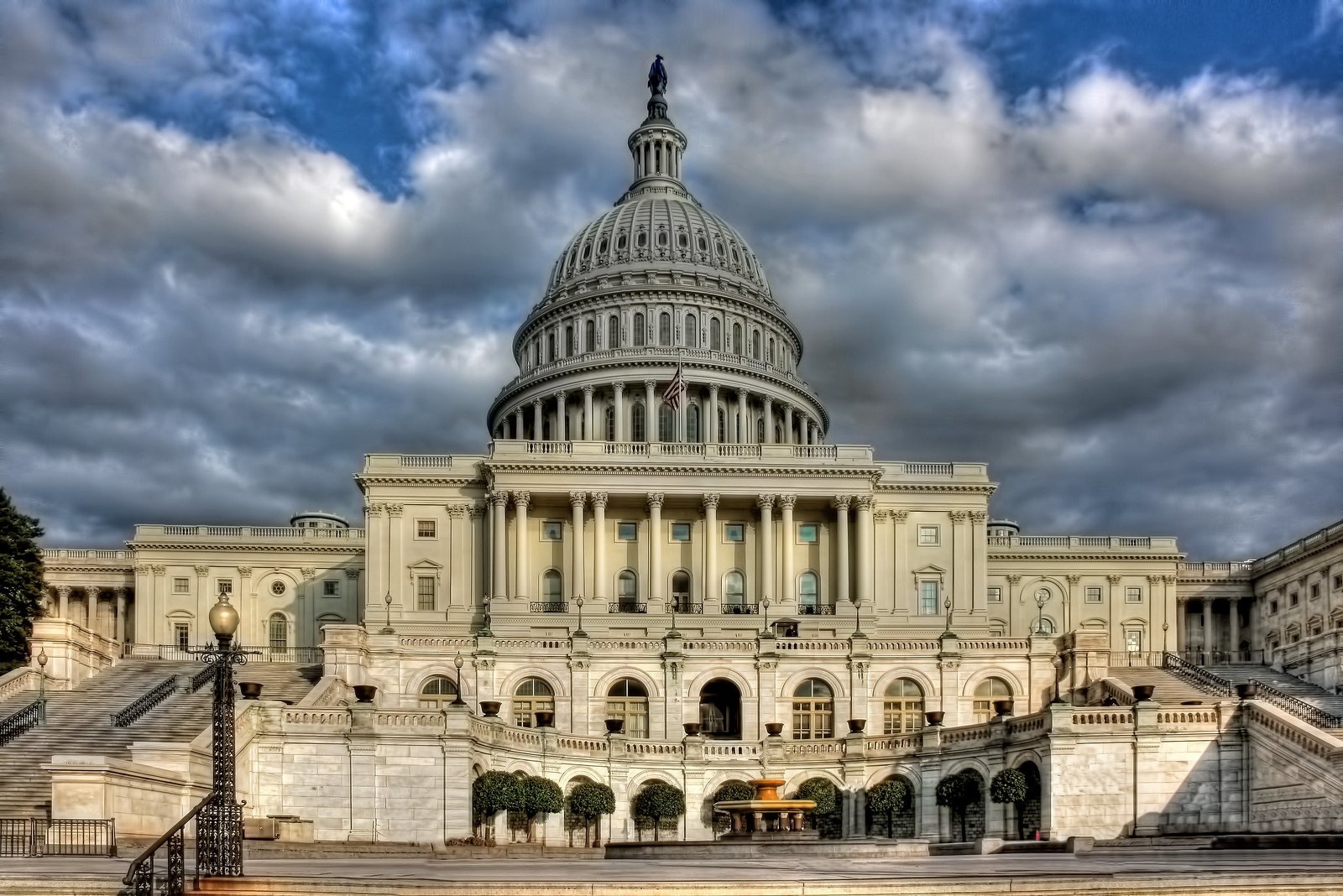
The United States government entered a shutdown on Wednesday after congressional Democrats refused to support a Republican-led funding plan that required concessions on healthcare.
This marks the first federal shutdown since the 35-day closure that spanned late 2018 to early 2019 during Donald Trump’s first term.
Partisan stalemate over healthcare
The Republican Party, currently controlling both the House and Senate, demanded policy changes centered on healthcare in exchange for continuing government funding.
Democrats, seeking to extend premium tax credits for ACA plans and reverse Republican-led cuts to Medicaid and public media, rejected these terms.
The impasse led to a missed midnight deadline, with neither party’s funding proposals advancing in the Senate.
Senate Democrat leader Chuck Schumer commented:
“Republicans are plunging America into a shutdown, rejecting bipartisan talks, pushing a partisan bill and risking America’s healthcare.”
Impact on government workers and public services
The White House announced plans for mass layoffs if the funding lapse continued. President Trump stated earlier:
“When you shut it down, you have to do layoffs, so we’d be laying off a lot of people. They’re going to be Democrats.”
The shutdown puts millions at risk, with about 10 million people potentially losing healthcare due to Medicaid cuts and changes to the ACA.
Health insurance prices are expected to rise for around 20 million more if tax credits expire.
Political divisions and public opinion
While Republicans insist on new funding being approved before further negotiations, some Democrats broke ranks, citing concerns over the Trump administration’s increased power during a shutdown.
Polls show mixed public sentiment: a Marist poll found 38% would blame Republicans, 27% Democrats, and 31% both parties.
A New York Times/Siena poll indicated only 27% support for a shutdown among all respondents, with a majority of independents opposed.
Next steps in negotiations
Senate Republicans have scheduled another round of votes, aiming to give Democrats an opportunity to reconsider. However, both sides remain entrenched, with no immediate resolution in sight.



